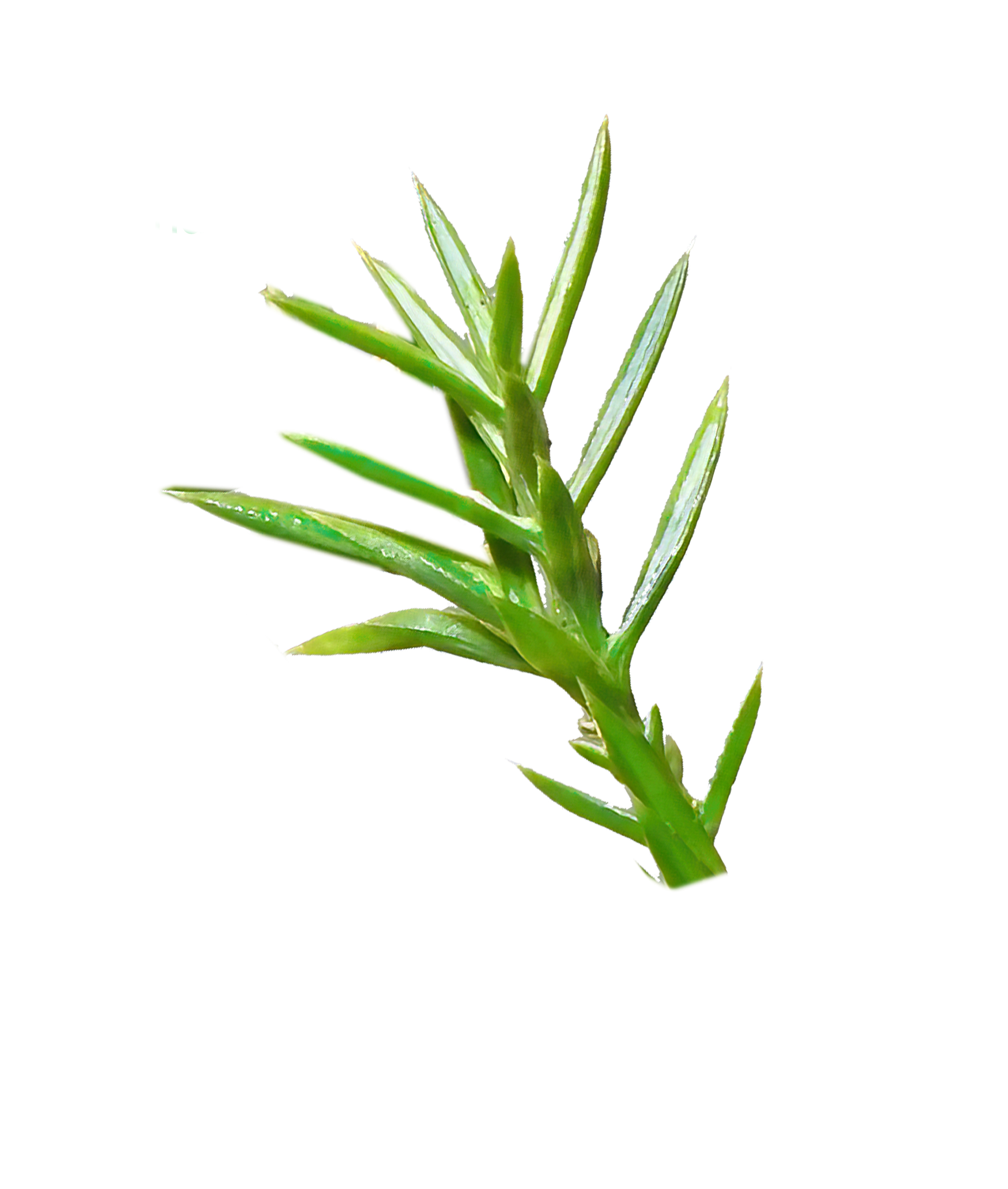A native evergreen tree species in Ireland, commonly found in upland areas, heathlands, and coastal regions.
Recognising the Juniper Tree:
-
Foliage: Juniper trees have needle-like leaves that are arranged in whorls of three. The leaves are typically dark green, scale-like, and have a sharp point at the tip.
-
Bark: The bark of Juniper trees is reddish-brown and exfoliates in thin strips. On older trees, the bark becomes furrowed and rugged in appearance.
-
Berries: Female Juniper trees produce small, berry-like cones that ripen from green to blue-black in autumn. These cones are often referred to as juniper berries and have a distinctive aromatic scent.
-
Shape: Juniper trees have a shrubby or bushy growth habit, with branches that spread outwards in a dense, irregular manner. They can vary in size from small shrubs to medium-sized trees.
-
Habitat: Juniper trees are commonly found in upland areas, heathlands, and coastal regions, where they tolerate a wide range of soil conditions and climate extremes.


5 Interesting Facts about the Juniper Tree:
-
Aromatic Properties: Juniper berries have a strong, aromatic scent and are used to flavor foods and beverages, particularly gin. They are also used in traditional medicine for their diuretic, digestive, and antimicrobial properties.
-
Longevity: Juniper trees are long-lived, with some specimens living for hundreds of years. They are known for their slow growth rate and ability to withstand harsh environmental conditions, such as drought, cold, and poor soil.
-
Historical Uses: Juniper wood has been used historically for various purposes, including making furniture, tool handles, and small wooden items. The wood is durable, rot-resistant, and has a distinctive reddish-brown colour.
-
Wildlife Habitat: Juniper trees provide valuable habitat and food for wildlife. Birds such as thrushes, blackbirds, and waxwings feed on the berries, while small mammals such as mice and voles may use the dense foliage for shelter and nesting sites.
-
Cultural Significance: Juniper trees have cultural significance in folklore and mythology. In some cultures, they were believed to have protective properties and were planted near homes to ward off evil spirits. Juniper branches were also used in purification rituals and ceremonies.
Uses of the Juniper Tree:
-
Culinary Use: Juniper berries are used to flavour foods and beverages, particularly gin. They have a piney, citrusy flavour with hints of spice and are often used to infuse spirits, marinades, sauces, and game meats.
-
Medicinal Use: Juniper berries have been used in traditional medicine for their diuretic, digestive, and antimicrobial properties. They are believed to aid digestion, promote urinary health, and boost the immune system when consumed in moderation.
-
Aromatic Use: Juniper wood and berries are valued for their aromatic properties and are used in aromatherapy, potpourri, and incense blends. The fragrance of juniper is believed to have mood-enhancing and purifying effects on the mind and body.
Contribution to Biodiversity:
-
Wildlife Habitat: Juniper trees contribute to biodiversity by providing habitat and food for a variety of wildlife species. Their dense foliage and berries provide shelter, nesting sites, and a valuable food source for birds and small mammals, especially during the winter months when other food may be scarce.
-
Soil Stabilisation: The deep root system of Juniper trees helps stabilise soil, prevent erosion, and improve soil structure. This contributes to the health and stability of upland and coastal ecosystems, particularly in areas prone to erosion or disturbance.
-
Micro-habitat Creation: Juniper trees create diverse micro-habitats that support a wide range of plant and animal species. Their presence enhances habitat complexity and provides food, shelter, and nesting sites for wildlife, contributing to overall biodiversity in upland, heathland, and coastal regions.
In summary, the Juniper tree is recognisable by its needle-like leaves, blue-black berries, and dense, shrubby growth habit. It holds cultural significance, provides valuable resources for wildlife, and contributes to biodiversity and ecosystem health in Ireland's upland, heathland, and coastal regions. Additionally, it serves as an important food source for birds and small mammals, supports soil stabilisation, and enhances habitat complexity in natural ecosystems.
Images taken from the beautiful posters created by Phil Barnett and you can download these and/or purchase other great designs from his online shop.
